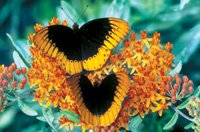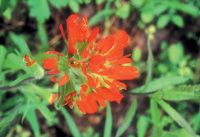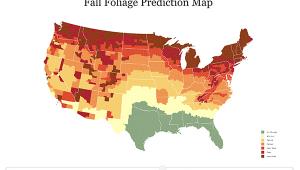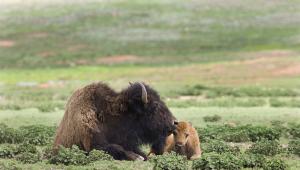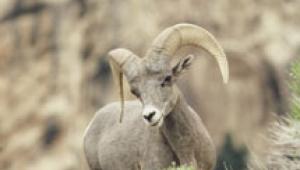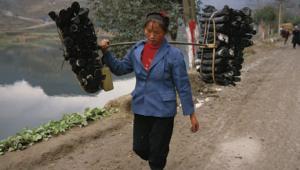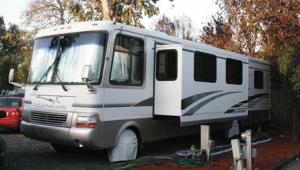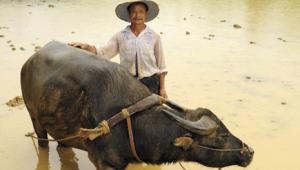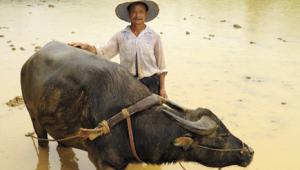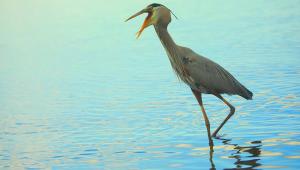A Macro Photography Primer
Getting Up Close And Personal For Some Great Photo Ops
In photography courses that
I have taught, it has been common for people to tell me about their
"Macro" function on their 35-70mm or 70-210mm lens. Although
these lenses are adequate for some close-up work, they do not have the
same close focusing ability as dedicated macro lenses, and do not perform
as well. Another favorite of some folks is the close-up lens, a type
of screw-on magnifier that is placed in front of a lens. These lenses
have the capability to provide a variety of magnified images, although
these images will not be as tack-sharp as those provided by macro lenses.
If you are serious about macro photography, then by all means consider
purchasing a dedicated macro lens. |
|||
Reproduction Ratios |
|||
Working Distance |
|||
Depth Of Field |
|||
Macro Accessories |
|||
Framing And Composition |
|||
Know Your Subject Start To Explore |
